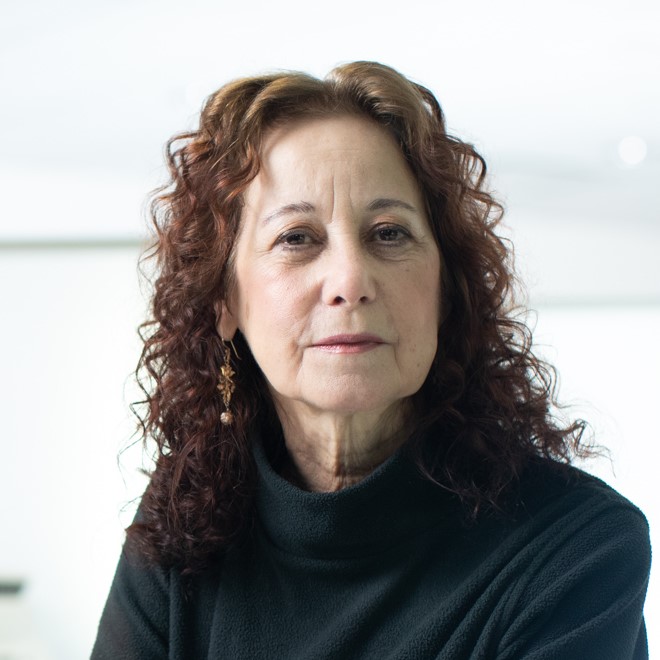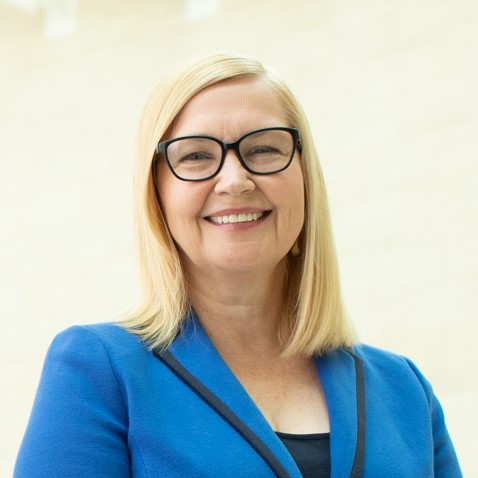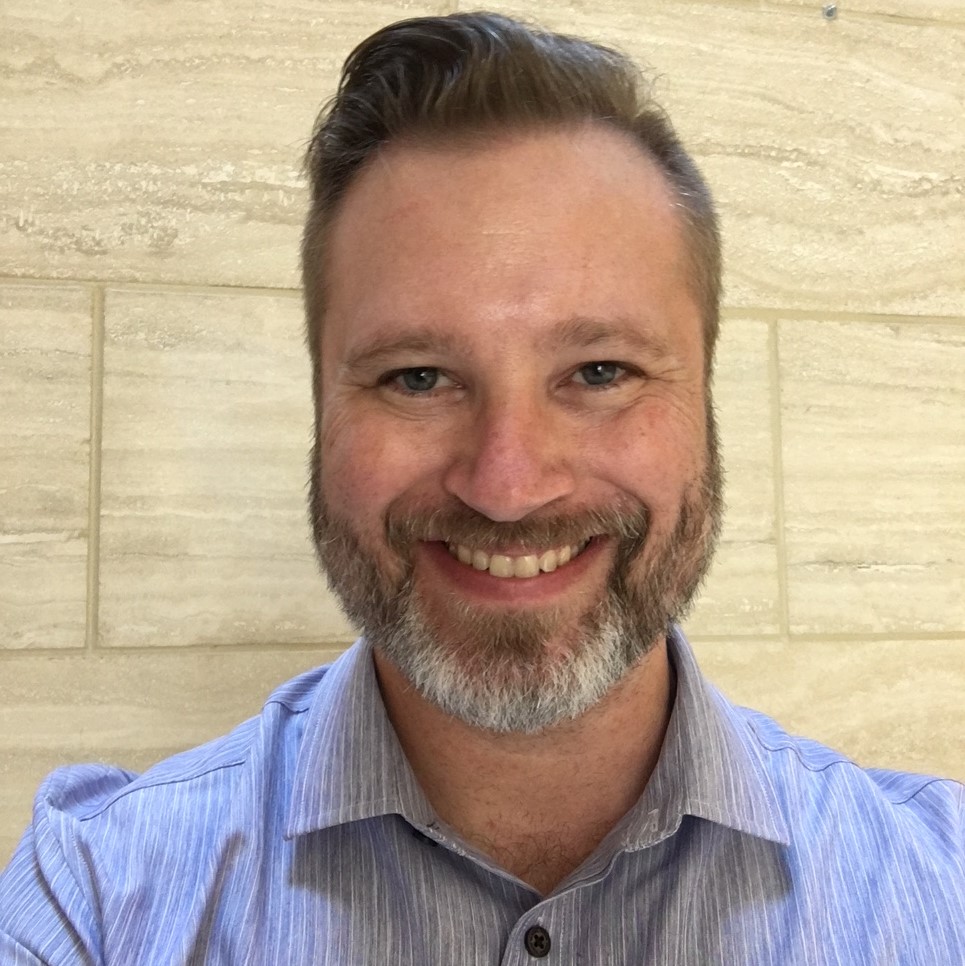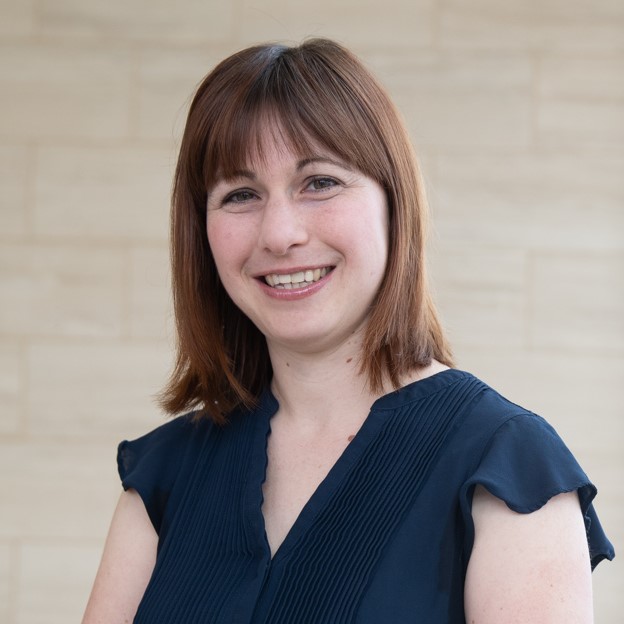by Buck Institute
May 15, 2023 . News
NIH Renews Training Grant for $3.9 Million
A recent $3.9 million federal grant renewal highlights the success of a long-established San Francisco Bay area postdoctoral training program which helped establish the Bay area as a nexus for research on aging. The T32 program, which is administered by the Buck Institute has trained 110 fellows in research on aging over the past 25 years.

Dr. Judy Campisi
“Our goal of increasing the human healthspan by focusing on the connection between aging mechanisms and disease-specific research can best be met by training young scientists in integrated, interdisciplinary research on aging,” says Buck professor Judith Campisi, PhD, the contact principal investigator on the grant. “The T32 training program has been a stalwart at the Buck for many years and we're thrilled that it's going to be going on for another five years. “
Here are the basic statistics for the T32 grant: Accumulated funding for the program comes to $11.5 million; 32% of trainees have gone on to faculty positions in academia, others have taken jobs in biotech including at powerhouses such as Genentech, Amgen, Bayer Pharmaceuticals and Denali Therapeutics. Trainees helped author more than 200 scientific publications, some published in high profile journals including Nature, Science, Cell, and Neuron.
The history and expansion of the T32 program

Dr. Lisa Ellerby
Campisi got the first T32 grant in research in aging in 1998 when she was at the Lawrence Berkeley National Laboratory. The Buck got its first T32 award in 2002, with Buck professor Lisa Ellerby, PhD as one of the principal investigators. When Campisi moved her lab to the Buck Institute in 2009 the two programs were combined. By 2017 the program expanded to include the University of California Berkeley and Stanford University. Campisi and Ellerby continue as leaders of the program. “It’s such a big achievement for both of us. We’re proud to see where our trainees end up,” said Ellerby, who added that the program now includes 38 mentors from the three research organizations. “The program is extremely competitive. The two years of funding gives the trainees leeway to travel to conferences and to broaden their areas of expertise. Additionally, the trainees create their own community with a yearly seminar and networking meeting.”
The T32 trainees and their mentors participate in the larger Bay Area Aging Meeting (BAAM) which is held annually at either the Buck, Stanford, UC Berkeley or UC San Francisco. The gathering, which is open to the public, is among the preeminent meetings on research on aging with participants attending from throughout the US.
Here’s what past trainees have to say:

Dr. Christopher Wiley
“I don’t think it’s an understatement to say that this grant helped seed the next generation of aging researchers,” said Christopher Wiley, PhD, who is on the faculty at the Jean Mayer USDA Human Nutrition Research Center at Tufts University in Boston. “If you look at the alumni of this program, you see not only faculty, but standouts in longevity biotechnology companies and other enterprises. Not only did I interact with Buck postdocs, but with researchers at Berkeley and Stanford in my time in the program. It really brought the entire Bay Area aging community together. I’m thrilled that Buck will continue to guide these bright and creative minds going forward.”

Dr. Barbara Bailus
“The T32 gave me the opportunity to network with my peers, gain valuable presentation experience at professional meetings and provided me with an essential teaching experience at Sonoma State University,” said Barbara Bailus, PhD who is now an assistant professor of genetics at the Keck Graduate Institute in Claremont, CA. “I particularly enjoyed the T32 symposium day that the Buck would host every year. It was a wonderful event that allowed all the trainees to gather in an informal environment and learn about each other’s research, but also establish collaborations and have relaxed discussions about how to solve different laboratory challenges.
Science is showing that while chronological aging is inevitable, biological aging is malleable. There's a part of it that you can fight, and we are getting closer and closer to winning that fight.
Eric Verdin, MD, Buck Institute President and CEO